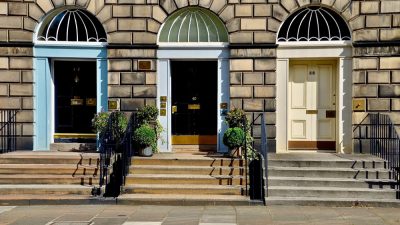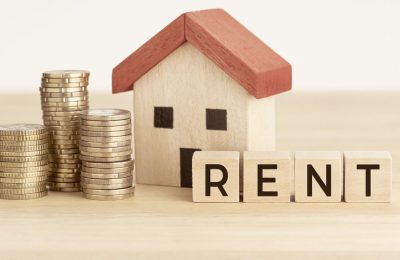Looking to purchase a buy-to-let property in 2023? Here are the most frequently asked questions from potential landlords to help you on your journey.
Where is the best place to buy?
There are many different areas across Edinburgh where people are looking to rent. Hotspots at the moment are suburban areas like Corstorphine and Murrayfield, which are popular with families, and areas like Marchmont, Newington and The Meadows which are especially popular with the student population of Edinburgh as they are close to the university campuses.
How much rent should I charge?
Rent depends on a number of factors such as location, the size of your buy-to-let property and what condition it’s in.
These quarterly insights into the Edinburgh rental market, use the latest data from Citylets and can help you decide on the best rental rate for your property.
Should I offer my property furnished or unfurnished?
There is demand for both furnished and unfurnished properties. There can be little difference in the rent that can be charged, and the leases and notice periods are the same.
The benefit of an unfurnished property is that landlords have less to replace at the end of tenancies and quite often tenants who bring their own furniture tend to stay in the property longer as they make it their own home.
What are my obligations as a landlord?
There are several factors to consider before letting out a property. Homes need to have an Energy Performance Certificate (EPC) in place before being advertised to let. The EPC is valid for 10 years from the date it is carried out.
Properties also need a Landlord Gas Safety Certificate which is updated every year. You must have an Electrical Installation Condition Report carried out, and it is worth making sure that all electrical appliances in the property are PAT-tested.
You will also need to make sure smoke and heat alarms in the property meet regulations.
Furniture such as sofas should have fire safety labels on them to let tenants know that the item complies with British Fire Safety Regulations.
The buy-to-let property will also require a Legionella Risk Assessment.
What legislation do I need to be aware of?
It is important that landlords keep up to date with the latest legislation. For example, there is currently a rent cap until September 2023 as part of the Cost of Living (Protection of Tenants) (Scotland) Act 2022 with the option for a further six months extension still on the table.
However, the rent cap from 1 April 2023 means that landlords can increase in-tenancy rents by up to 3%.
Announcing the move in January, Tenants’ Rights Minister, Patrick Harvie, said: “With many households still struggling with bills, it is clear that these protections are still needed to give tenants greater confidence about their housing costs and the security of a stable home.
“While the primary purpose of the legislation is to support tenants, I recognise that costs have been rising for landlords too.
“That’s why we intend to allow those in the private sector to increase rents by up to 3%, with a continued safeguard allowing them to apply for larger increases to cover specified rising costs they might be seeing as landlords.”
Who pays the council tax on a rental property?
The tenant is responsible for the council tax when they are living in the property, but when it is unoccupied between tenancies, the landlord will have to pay council tax and other bills. Students don’t have to pay council tax and there is also a 25% discount for adults living alone. You can also claim the discount if you’re the only adult in your household or if you live with other adults exempt from council tax, for instance if you aren’t a student but you live with full-time students.












